We’d been plodding along the gravel road for a couple of hours, and Saoka made the mistake of asking how far we were along the route.
“What?! We’re not even half way?!” she exclaimed.
I made a point of not looking at my smartphone. It was, indeed, a long way. Certainly one of the longer daytrips we’ve done in Hokkaido.
We’d already postponed the trip from last weekend due to a terrible weather forecast, so we were hoping that this weekend would be our chance to stand at the top of Oputateshike. I was quietly concerned about how long it might take us though. If the upper sections were icy, we’d be using our crampons, and the less confident skiers in the group would struggle. Adding to this concern was the weather forecast. Windy.com had the weather slowly deteriorating throughout the day, with eventual rain in the late afternoon. Would we see any views? The forecast was for warm weather though, which helped allay my concerns about the icy summit approach. I made sure everyone had their boot crampons sized to their boots before we set off from the trailhead though, just in case.
The night before, Haidee, Saoka and I had left Sapporo at 6:30pm, and arrived at the cheap and cheerful Miyagi Ryokan 宮城旅館 at 9pm in Shintoku-cho. I was in bed sleeping 15 minutes later. Gerry had driven from Kitami City on the other side of Hokkaido that afternoon, and had already made it to the trailhead, set up to sleep in her van for the night.
We left the ryokan at 4:00am, and arrived at the trailhead at just after 5am. Gerry was already up and brushing her teeth. A couple of other cars were there too, with tents pitched outside.
Once we were all geared up, we set off on our skis, surprised to see plenty of snow still on the road.
And then the road turned a corner, and it was all dirt. We would have patches of snow here and there, but it was still early in the day, so we just opted to keep walking, as we weren’t sinking in at all.
Here and there we saw bear tracks. We weren’t the only large mammals roaming the forest today.
It was a long walk, but the forest was gorgeous, and we enjoyed chatting along the way. Spring was clearly kicking into gear.
Eventually, we were consistently walking on snow. Hard snow, but snow nonetheless. So after over an hour of walking, we finally switched to skis. And it was warm. I was down to a t-shirt.
Before long, we started to get glimpses of our objective.
Oputateshike looked rather intimidating. The final push to the summit looked very steep. And it was still a long way off.
From the end of the gravel road, we were now making our way across the dizzying forested plateau at the base of the mountain. The topography here was confusing, with shallow volcanic gullies and spurs, leading us astray.
But then suddenly, there she was again. Suddenly feeling much closer.
The feeling of being closer to the peak was pure illusion though, of course. From that point it would take us another four hours or more to get to the peak.
The views just got better and better though. Grand views along the range to Tomuraushi-yama トムラウシ山, Tokachidake 十勝岳, Biei-dake 美瑛岳 and others.
Tokachi-dake’s billowng smoke was blanketing the landscape south of us with a smokey haze.
As we ascended, I could hardly believe the good coincidence with the warm weather. All the way up, we were able to find warm surface snow to set a good secure skin track in. Gerry managed to get to within 15m of the summit without ski crampons. Even better, the weather held for us, allowing us decent views the whole way up.
The wind was coming from the northwest, so we were relatively well sheltered from the wind too. Poking my head out from the shelter of the lee of the wind near the summit, I got the full brunt of wind so strong it was difficult to stand at times.
The descent was perfection in slope, but not quite perfection in snow. It had warmed considerably, and the snow had not quite made it to the large-facet, fast corn stage. It felt like the brakes were on most of the way down the steeper upper slopes. With a variety of skiing abilities in the group, we took our time on the descent.
The descent fast skiing lasted for about 1000m or so of vertical. Then it was back to the gravel road. There was enough of a gradient most of the way to keep a fast skate on, but then of course came the gravel. 3km of gravel road walking in ski boots at the end of an 8hr mission. It has been a while since I’ve felt so worked at the end of a ski trip.
The original plan for after the skiing was to head over to the Shikaribetsu Gorge area to camp, and then check out the wild onsen in the area the next day. By the time we arrived back at the trailhead however, it was close to 4pm. Had we had more time, we would have kept to the plan, but there was one ace up our sleeves in the form of cabins in the small settlement of Tomuraushi.
We opted to book in to one of the cabins for the night, enjoy a nice onsen at Tomuraushi Onsen, and head over to Shikaribetsu Gorge the next day as planned. A perfect end to a super enjoyable and unique trip on the southeastern side of the Tokachi Range.


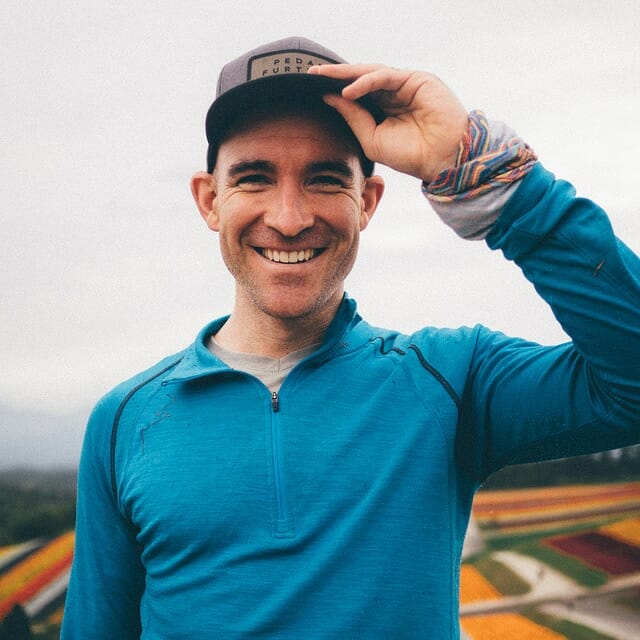







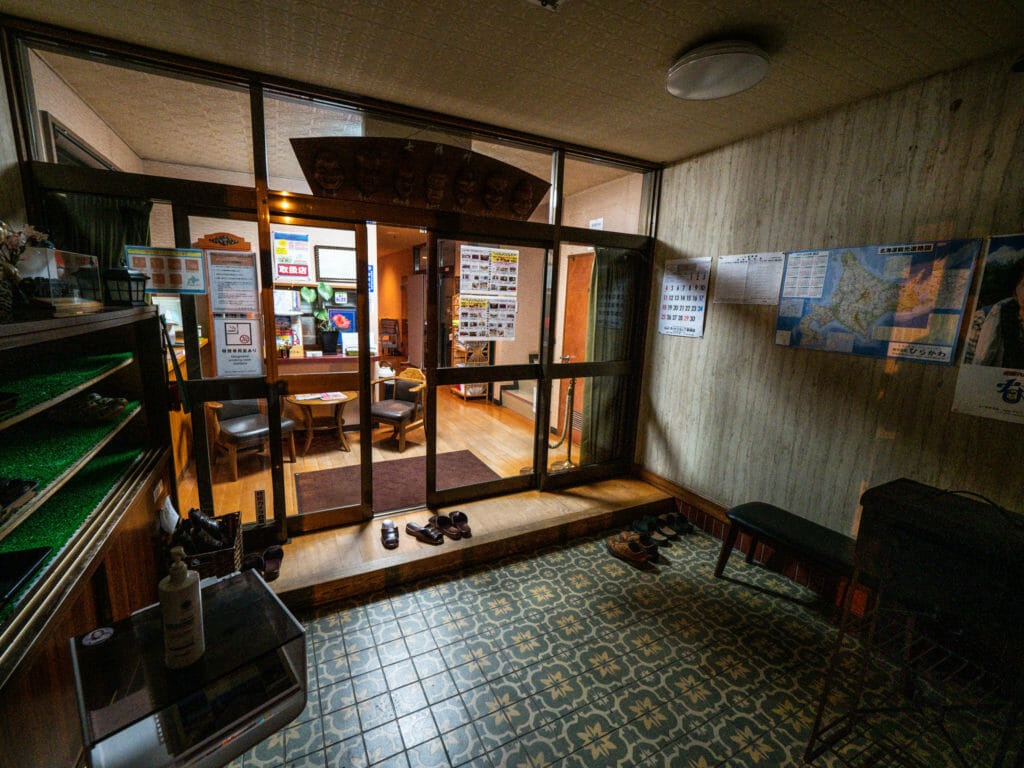
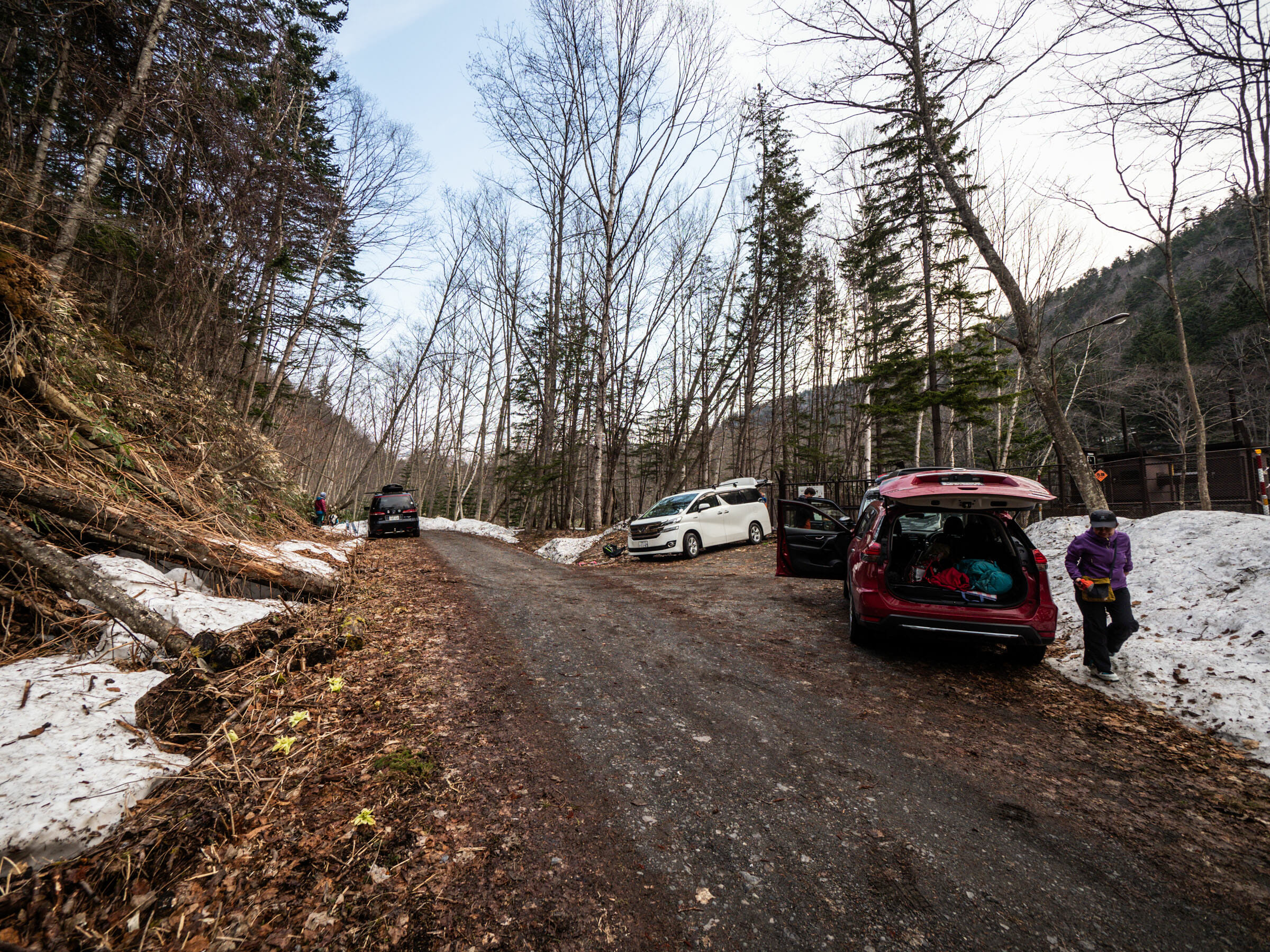
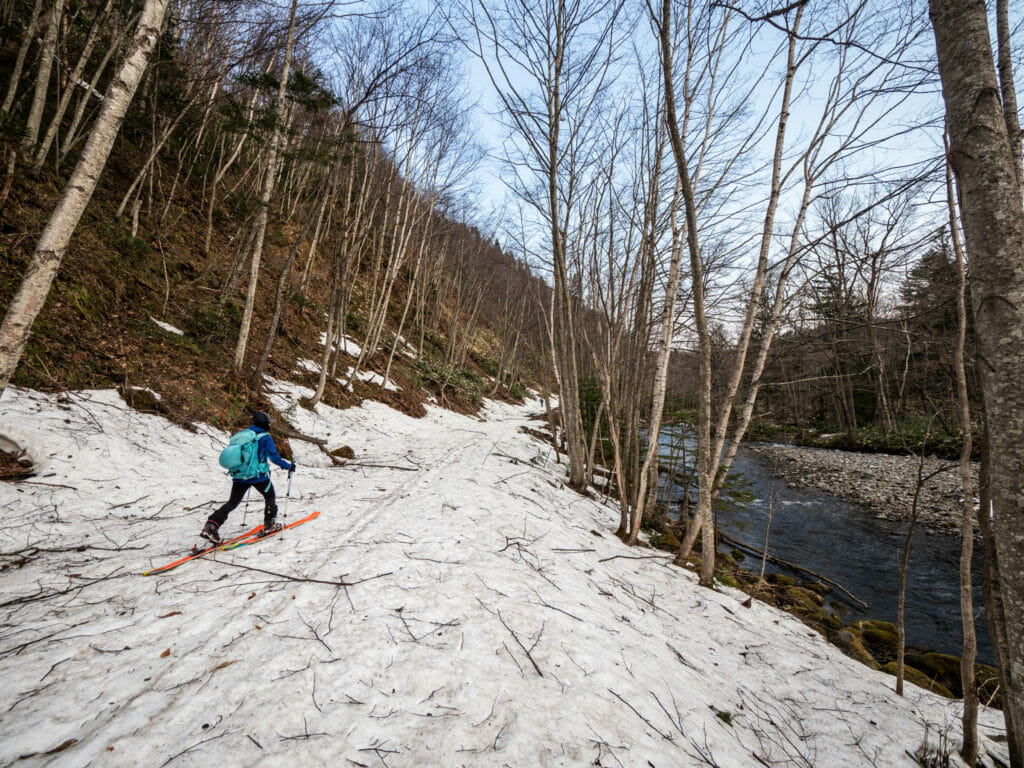

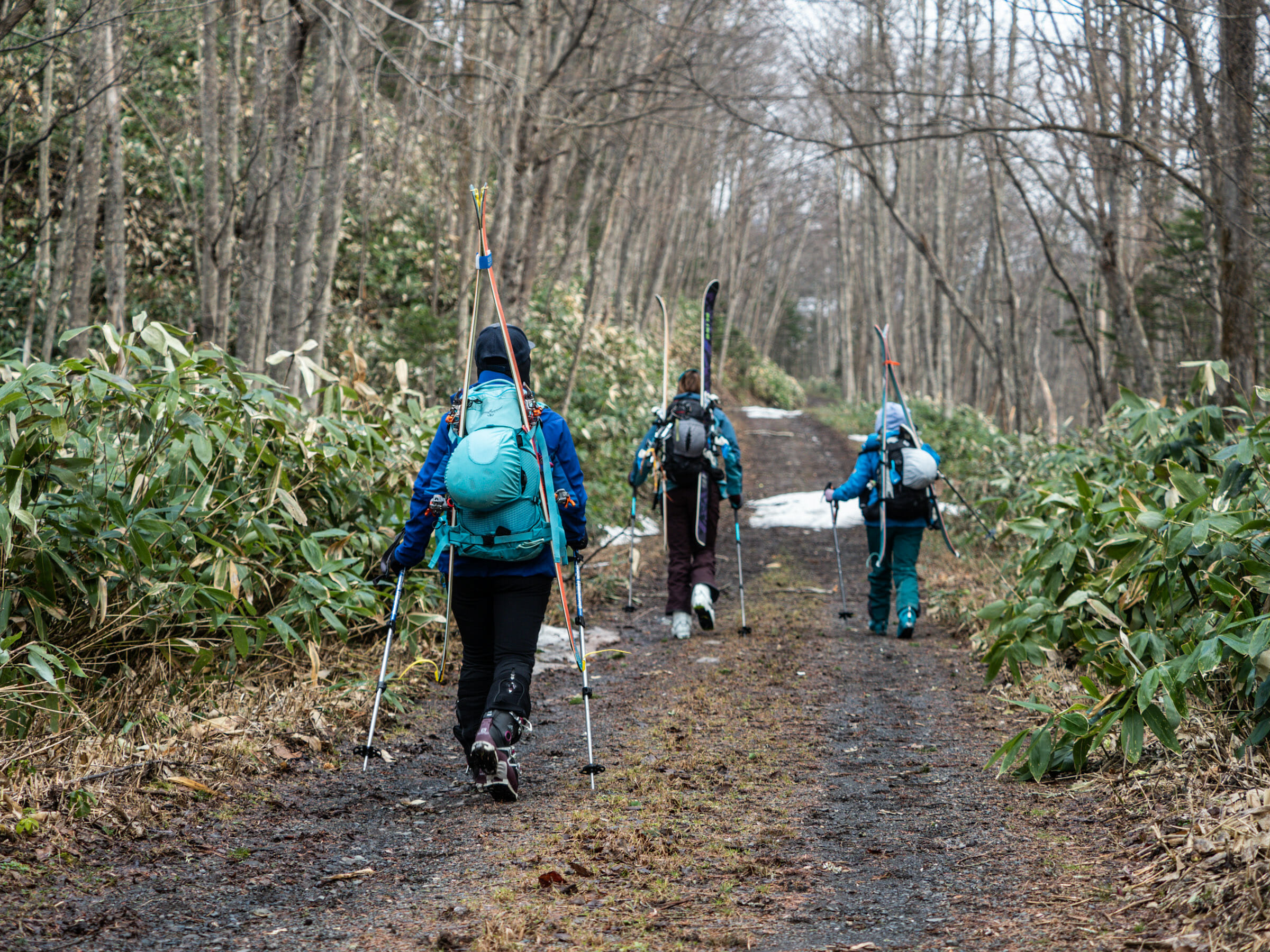

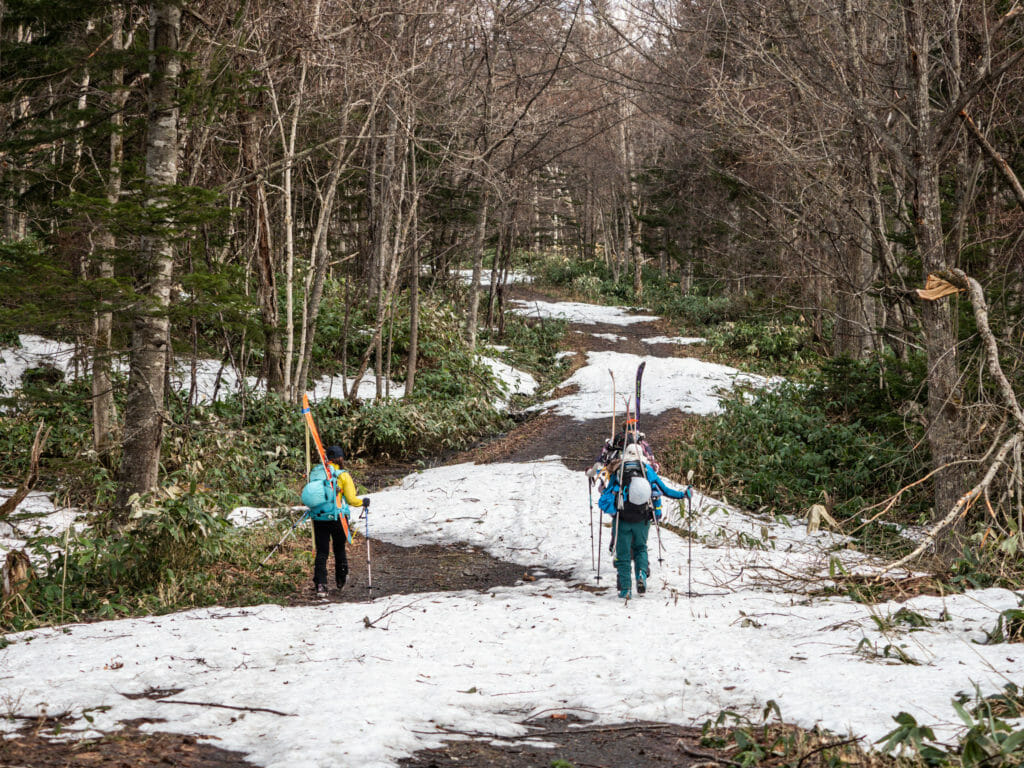
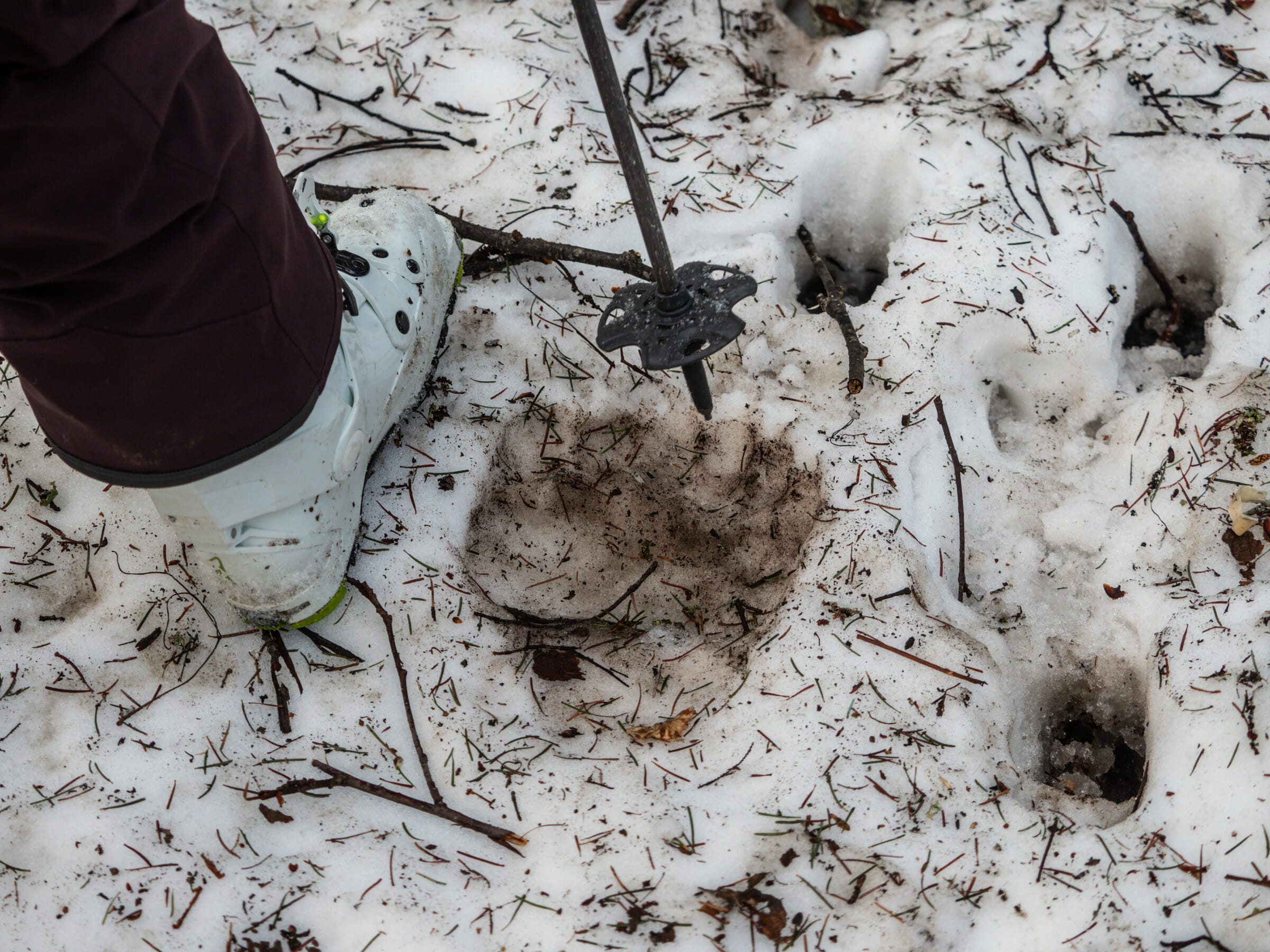
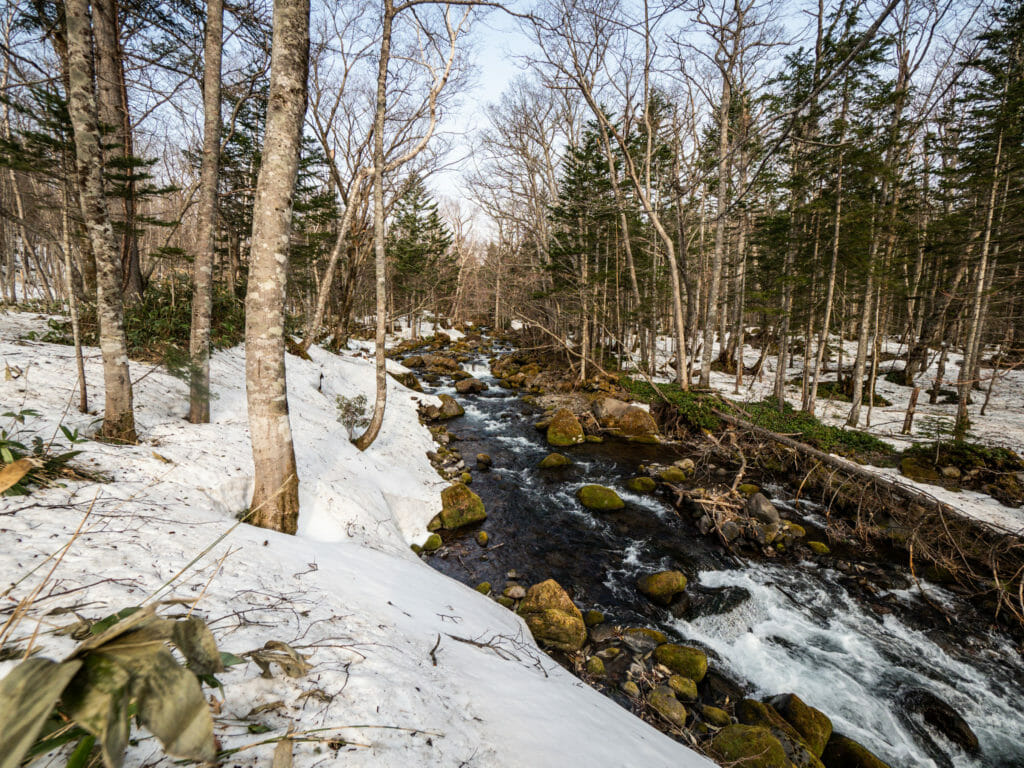
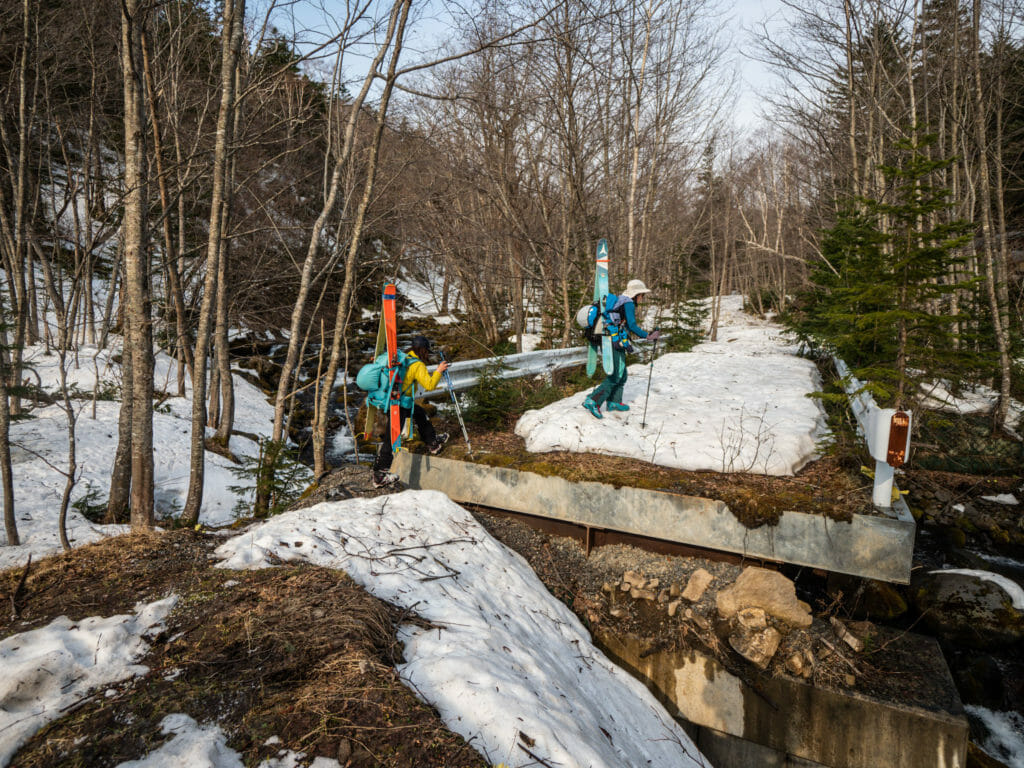
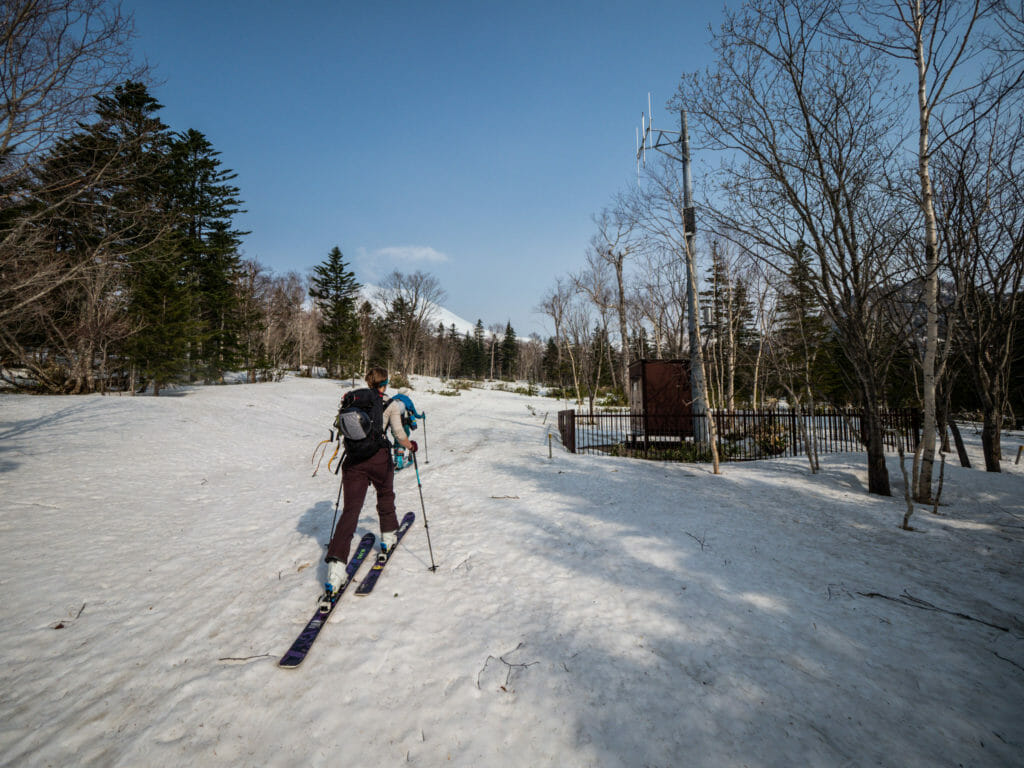
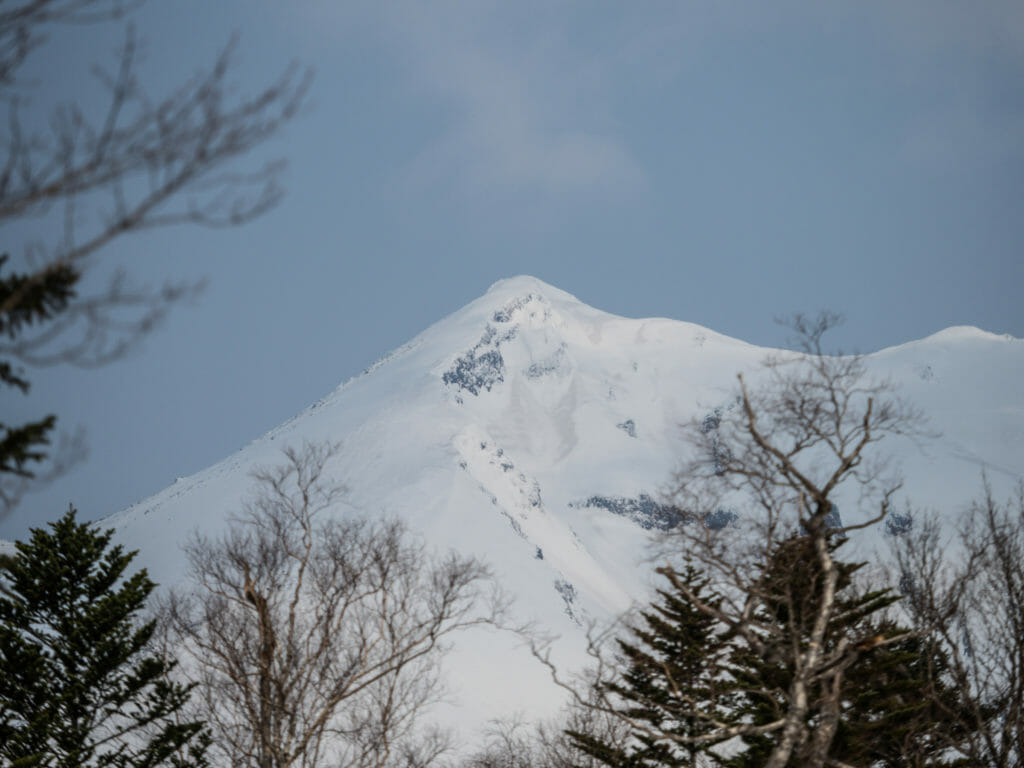
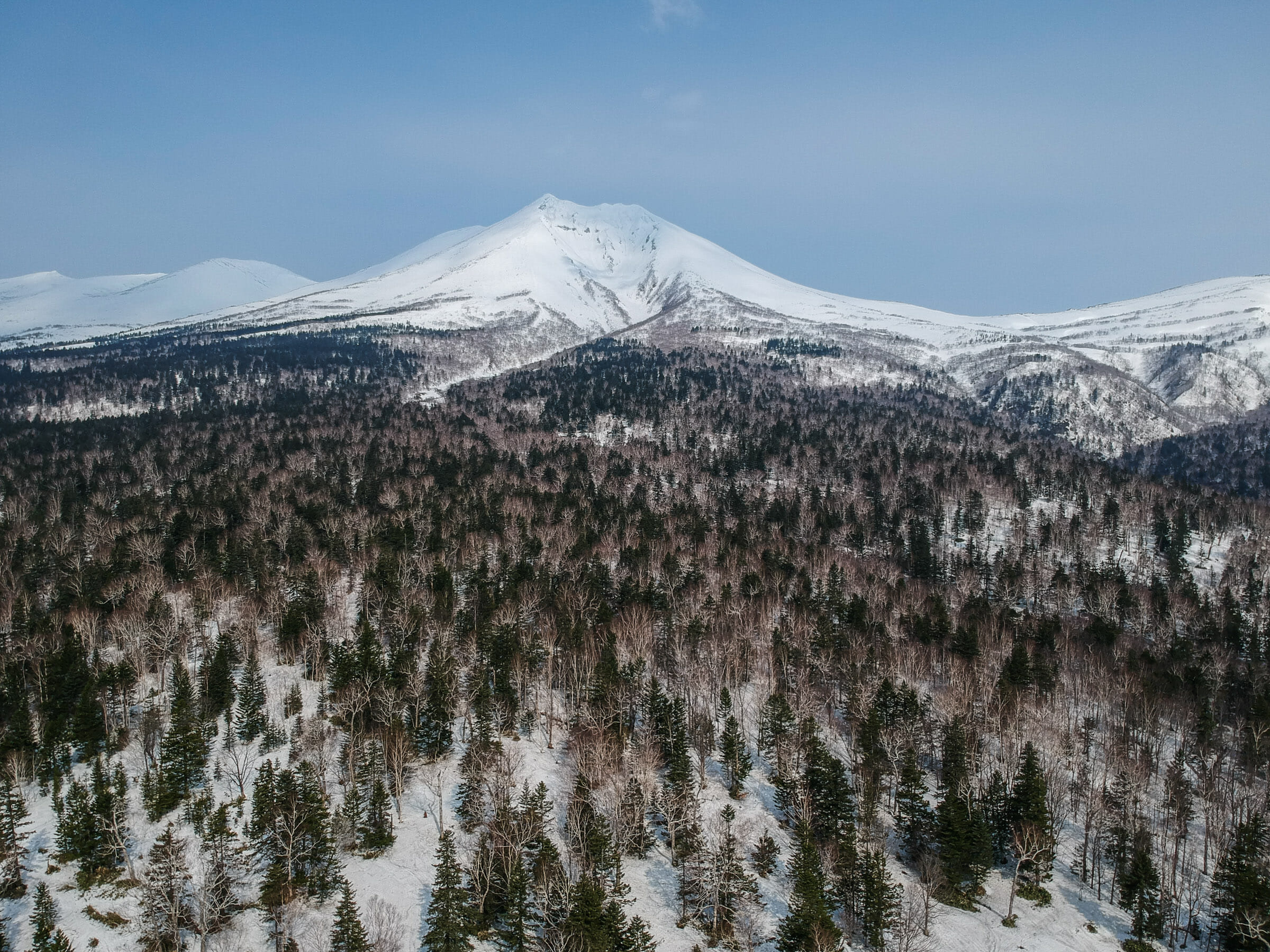
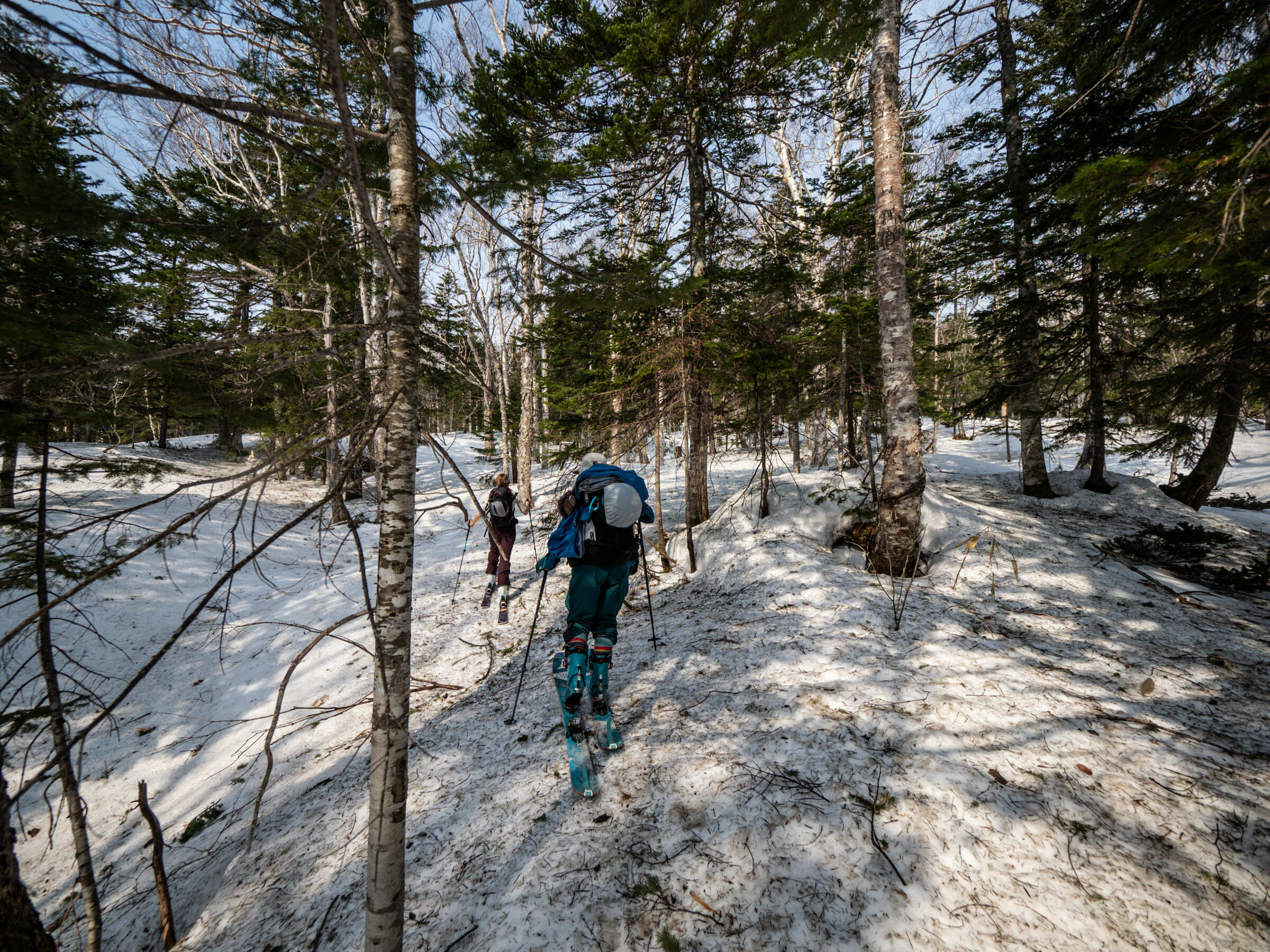
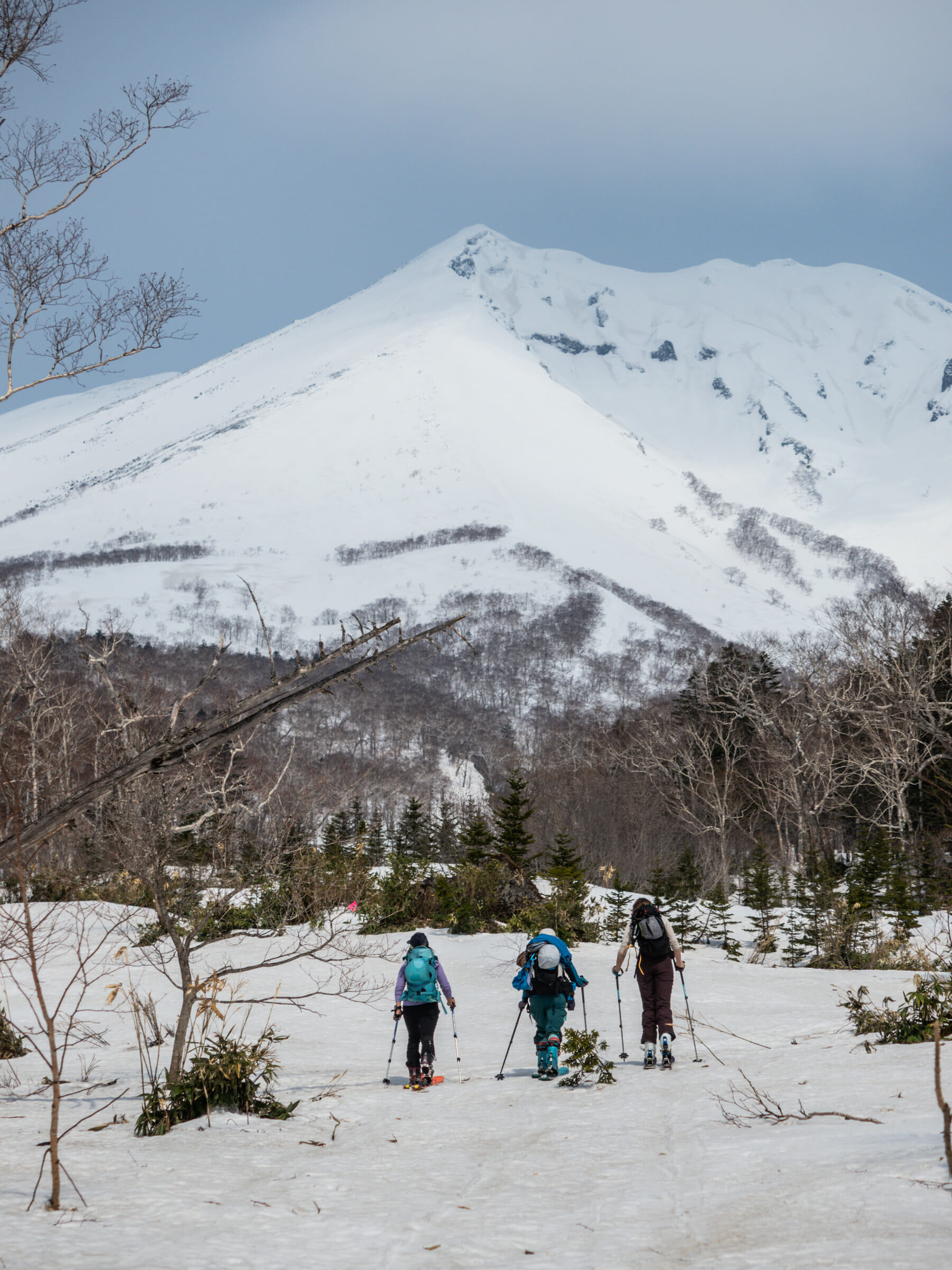
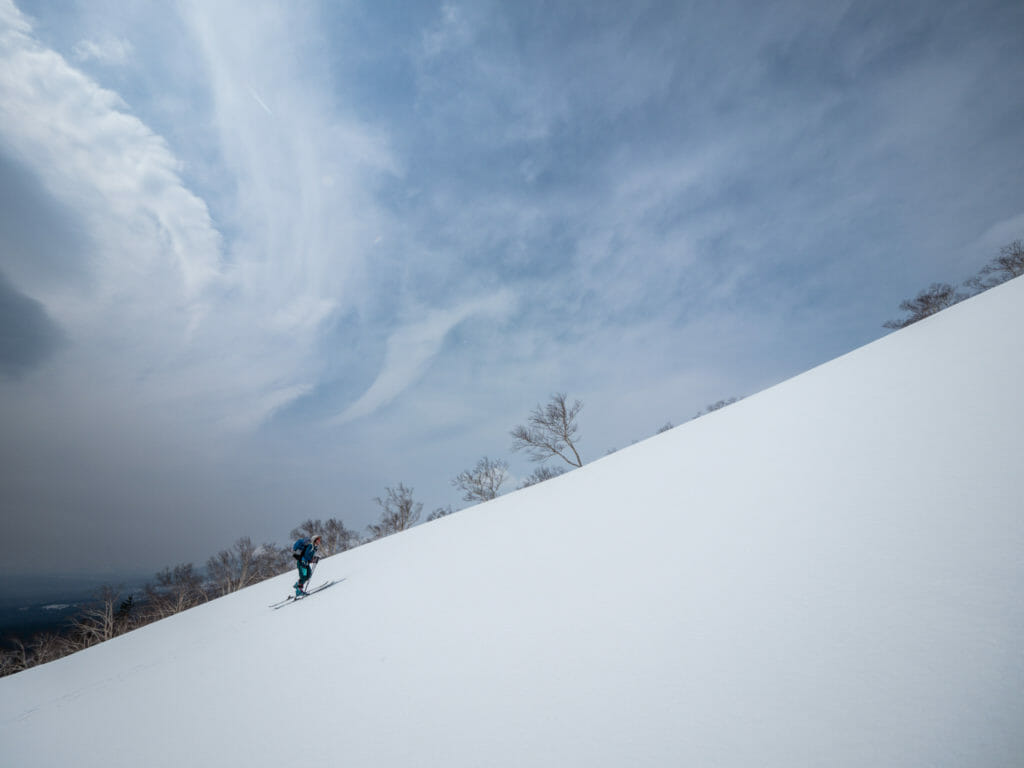
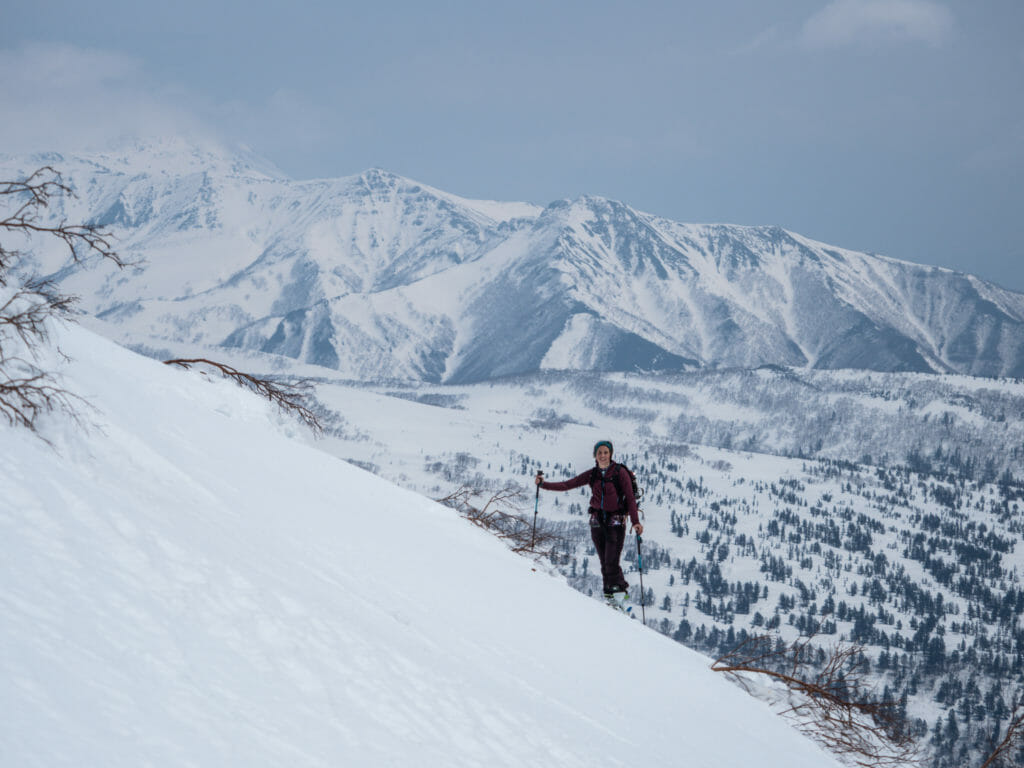
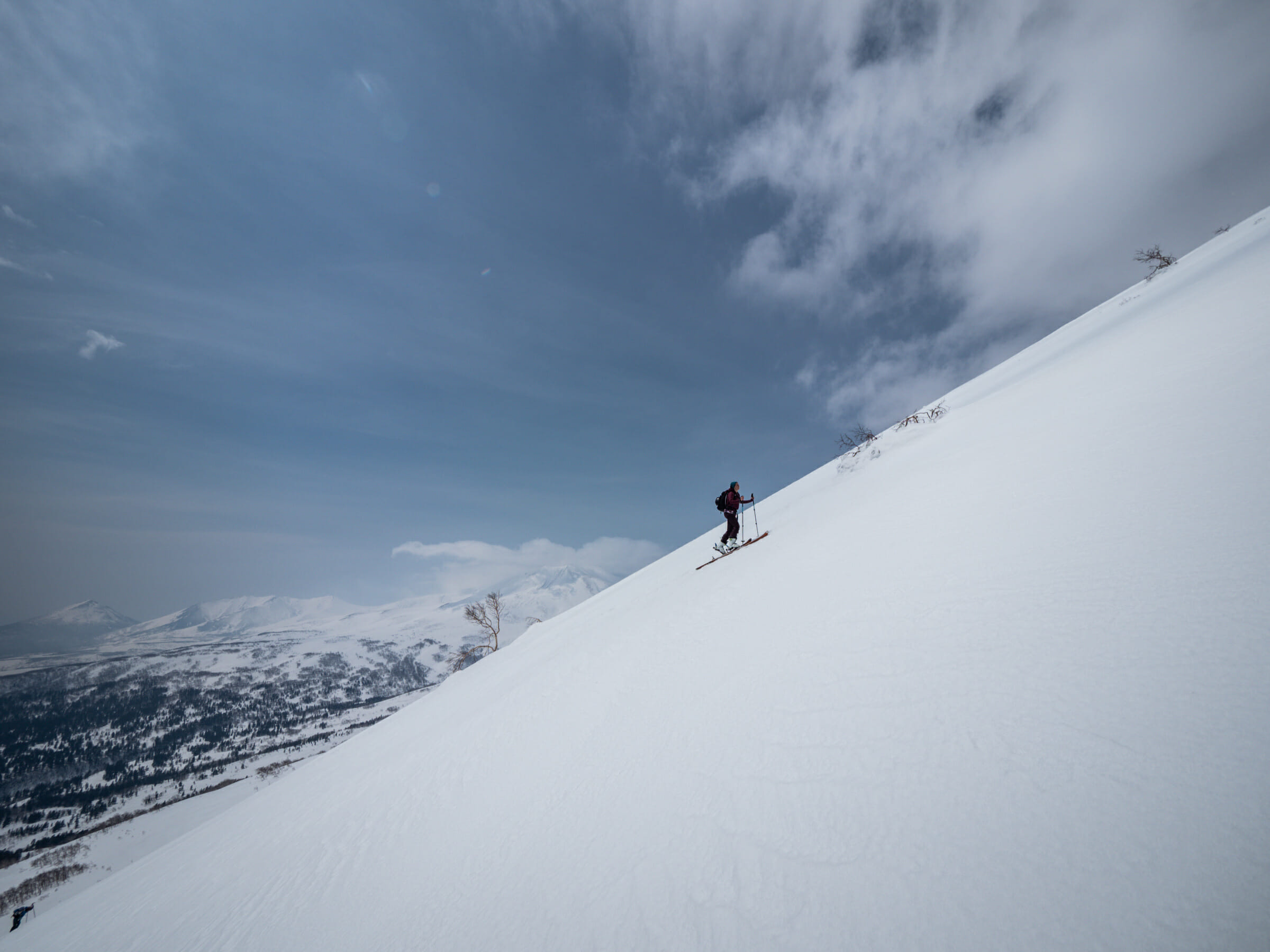


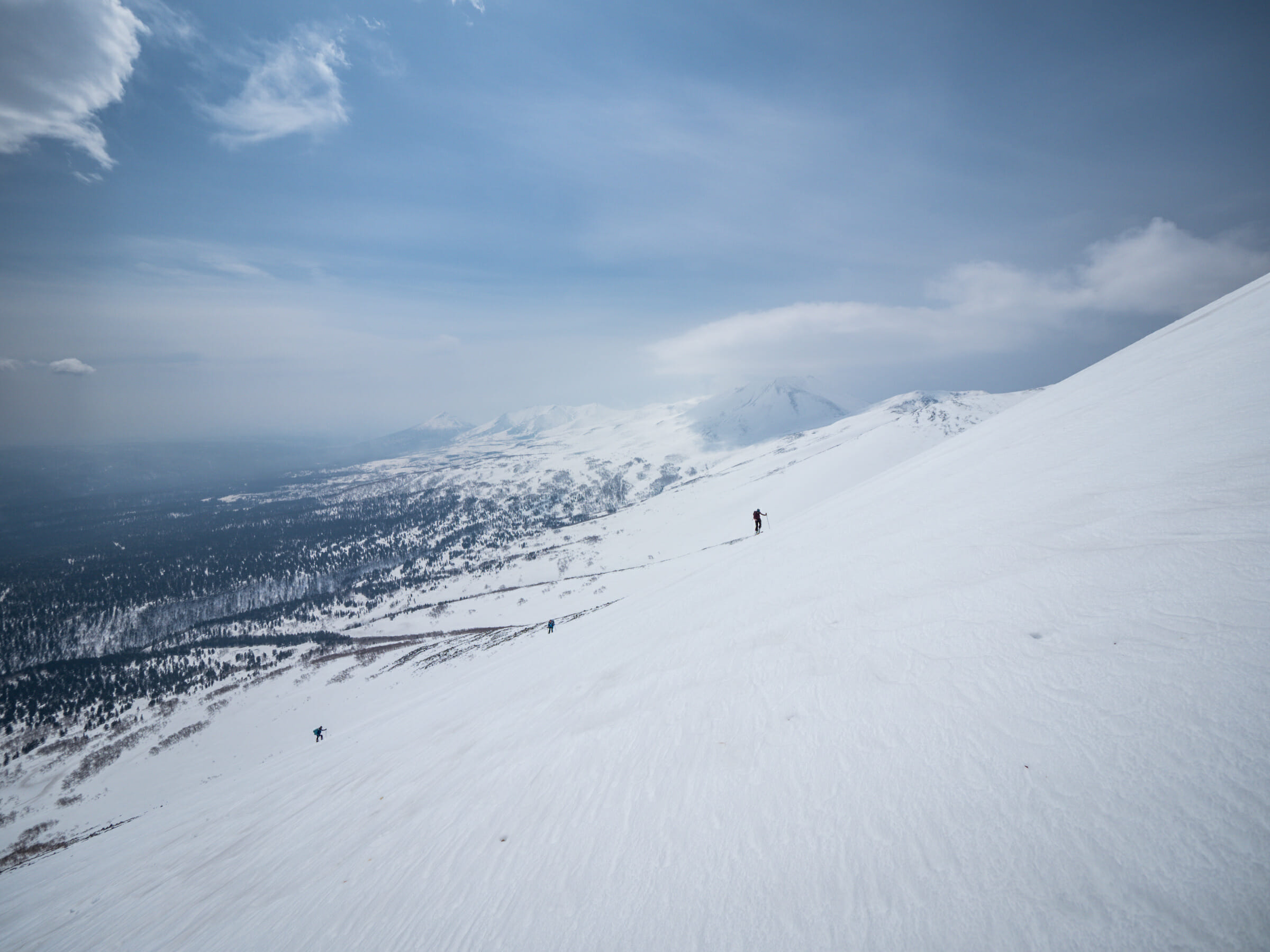


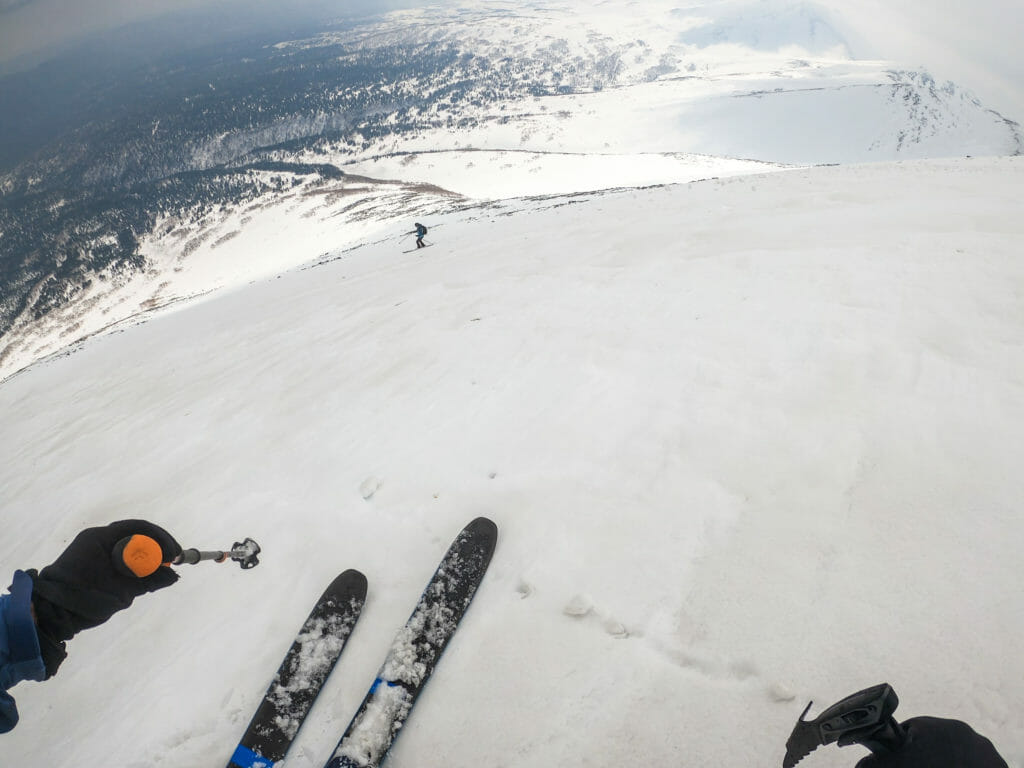
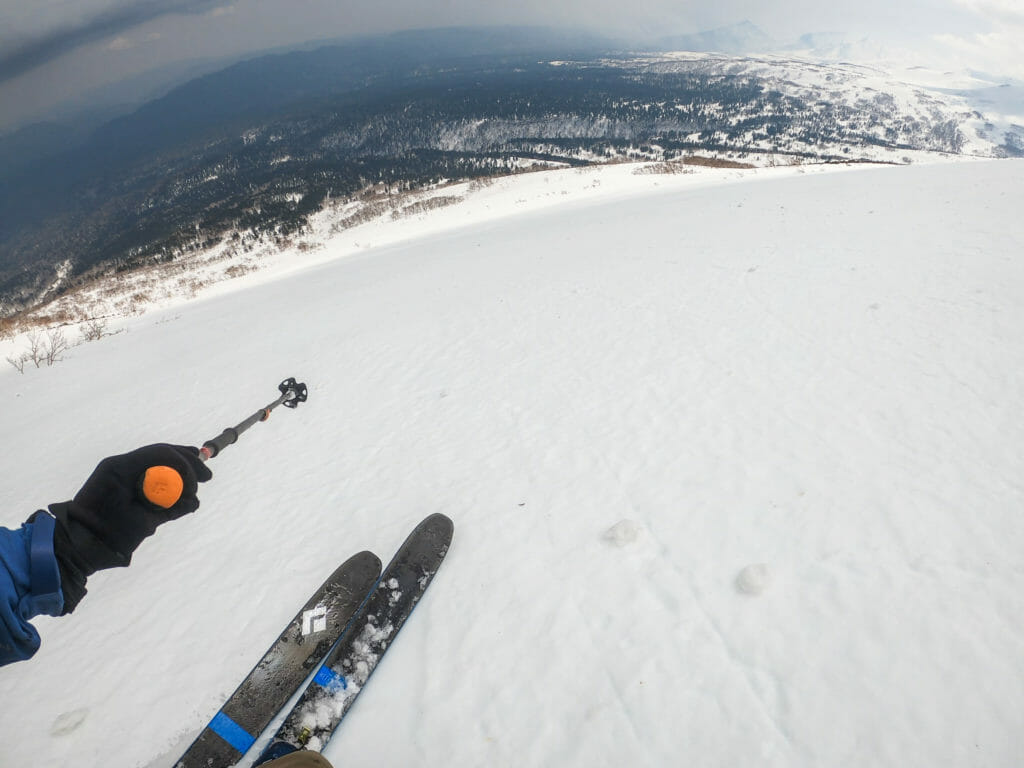


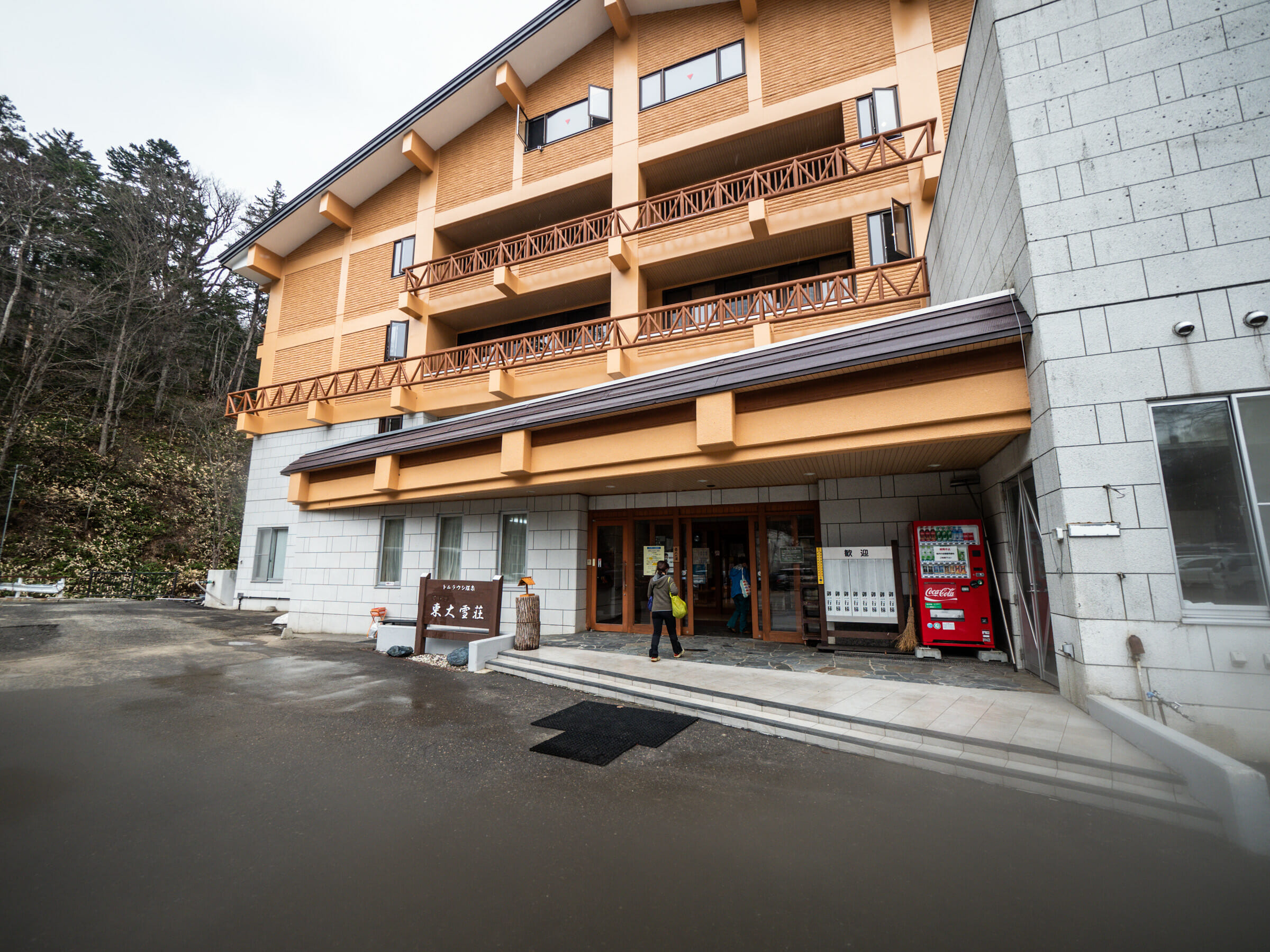
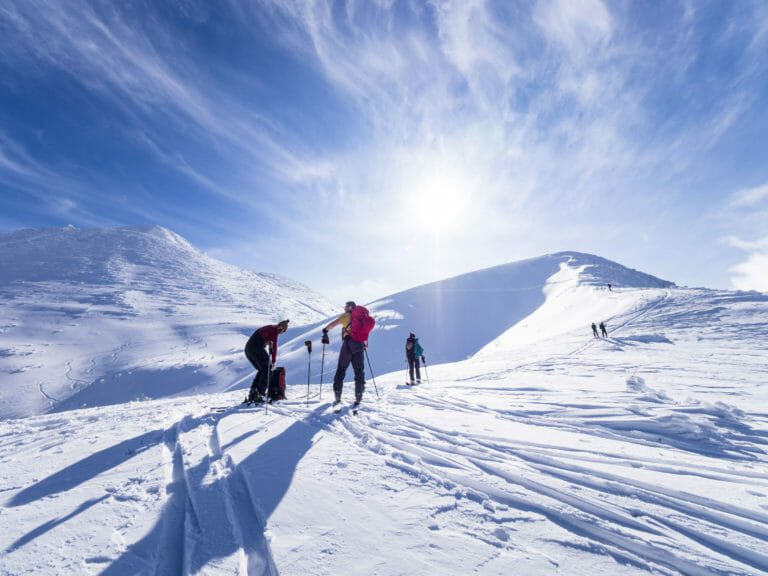
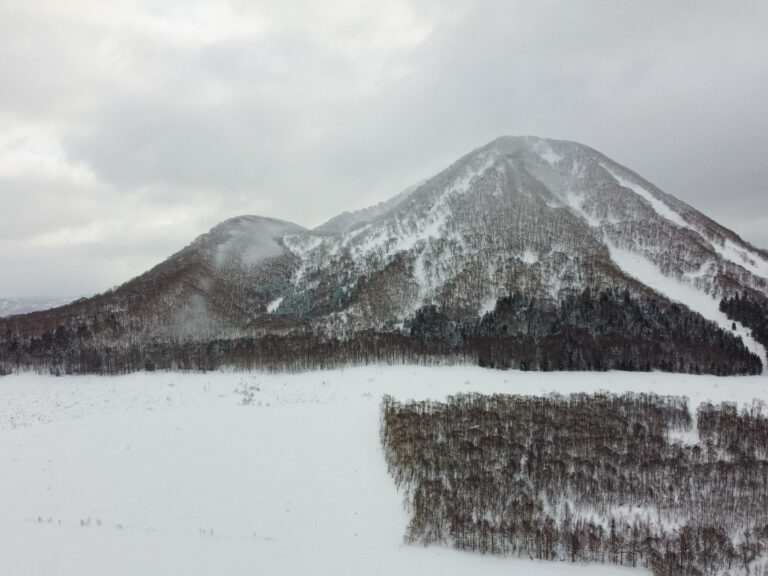
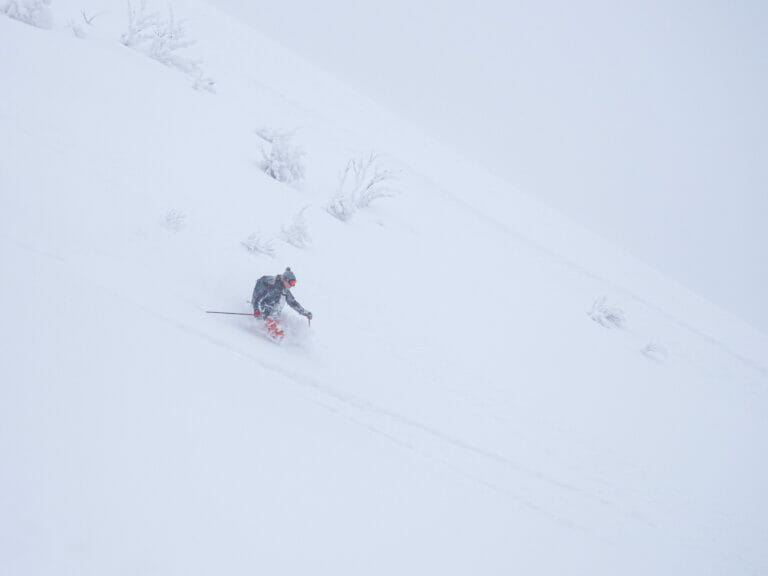
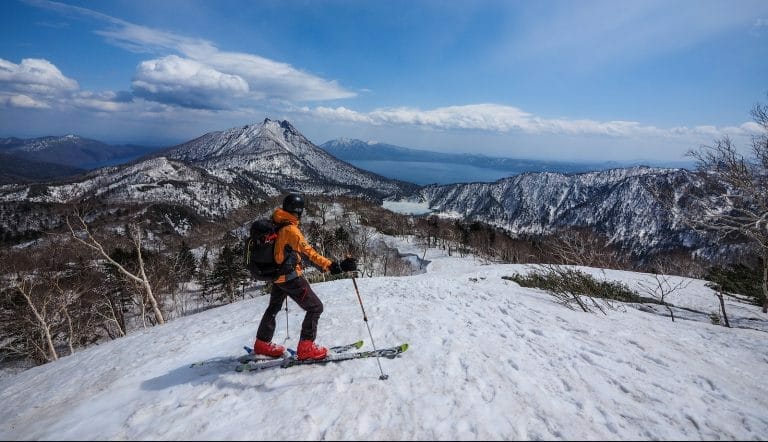
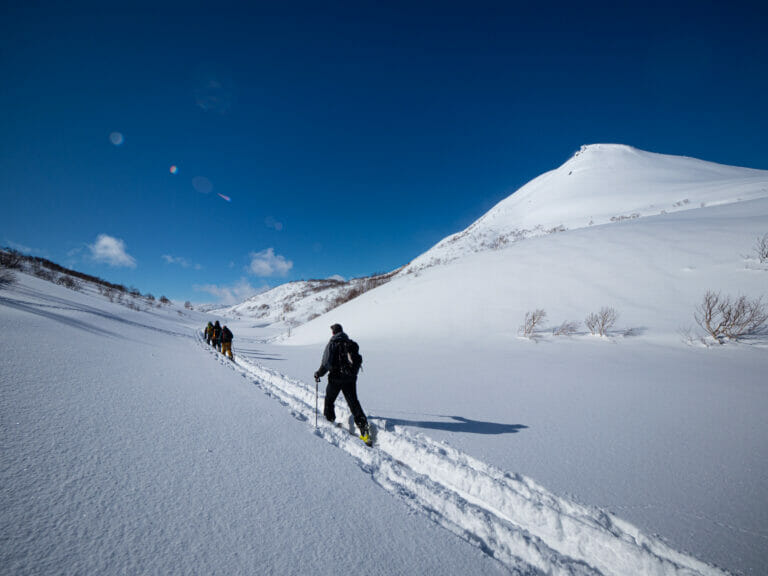



2 thoughts on “Oputateshike-yama South Face”
siiiiiiick
Yep. Sure was.